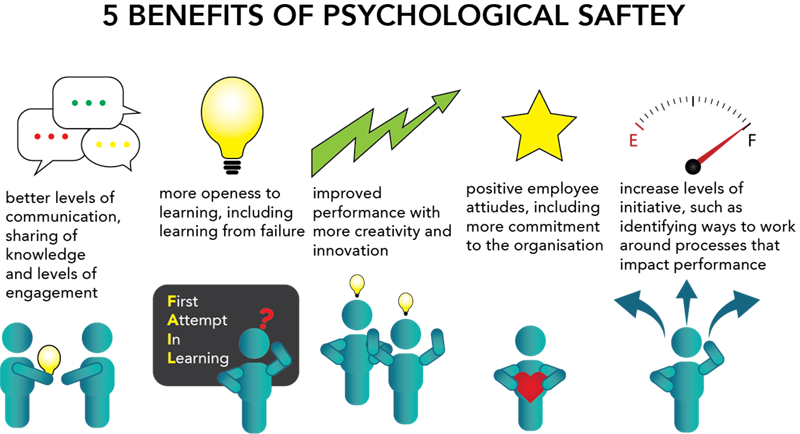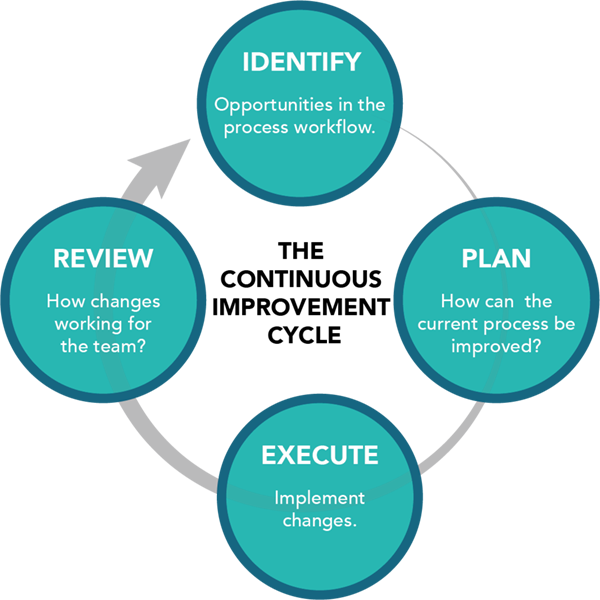
Al
Mele
SVP, Global Agile Coach
October 1, 2021

Innovation is crucial to the long-term performance of any organization, and a culture of continuous improvement is the best way to build an innovative team.
Whether your team is doing “business as usual” work or handling large special projects, there is a constant balancing act between the time the work takes, the resources (money and people) allocated to it and the scope of the work. Successful teams are experts at optimizing this negotiation. Highly successful teams are constantly looking at ways to improve the effectiveness of this negotiation.
For decades in the Life insurance industry, we’ve heard the mantra “faster, better, cheaper” as though you could achieve all three at once, whether you worked in product development, underwriting or some other function. Since SCOR began its transformation towards organizational agility, I have come to understand that you can, in fact, have all three: lower costs, improved speed and higher quality. This requires a culture of continuous improvement – a mindset within your organization that we don’t have to settle for the status quo, and we should always be thinking about how to optimize our time, what we’re able to get from our resources and how we select the scope of what we choose to do.
Sometimes people think innovation has to be huge and exhaustive, some giant wave of change that revolutionizes everything in the organization. But small innovations are also valuable and starting with smaller ones can lead to the larger ones. Continuous improvement is the process that enables a company to identify, test, measure and monitor incremental innovations that can give you the space to implement larger innovations.
The first step to creating a culture of continuous improvement is to establish psychological safety, which is a shared belief held by members of a team that speaking up with ideas, questions, concerns or mistakes will not result in punishment or humiliation. Based on work by Dr. Amy C. Edmonson, psychological safety is well established as the leading predictor of whether or not a team will be high performing. When employees feel free from possible punishment for speaking up about mistakes and safe from ridicule when introducing new ideas, information more freely flows through the team so that corrections can be made and the sparks that lead to innovation can fly.
Research has shown that moving from 30% of employees strongly believing that their opinions count at work to 60% “could realize a 27% reduction in turnover… and a 12% increase in productivity.” See other benefits of psychological safety in Figure 1 below.
Figure 1 - Five Benefits of Psychological Safety

Source: Newman, A., Donohue, R. and Eva, N. (2017). Psychological safety: A systematic review of the literature. Human Resource Management Review, 27 (3), 521-535.
Achieving psychological safety is a process, an ongoing journey for both manager and team members to improve the feeling of security and ability to openly communicate the good, the bad and the ugly. As the world shifts to hybrid work environments, new challenges to psychological safety must be looked for and monitored, because everyone on the team must safeguard the working agreements to respect the choices about where to work (home or office), when to work (flex time) and how to work (psychologically safe).
My own introduction to the topic of psychological safety was a welcome revelation. For quite some time I had been encouraging our team to do a few things – including fostering and participating in a culture of continuous improvement and increasing their sharing and interactions with communities outside their immediate department. In both cases there was some participation and some reticence. These concepts helped me understand that this reticence likely came as a result of insufficient psychological safety – and focusing on improving that would have the welcomed side-effect of encouraging more meaningful participation (as well as the other benefits listed above).
I now include “foster and participate in a culture of psychological safety and continuous improvement” as an explicit job requirement to make it clear to everyone in the organization that cultivating psychological safety is important and necessary. The psychological safety journey is not a point-in-time transformation – it is an enduring mindset shift that needs to be continuously reinforced as an ideal.
We have experienced the benefits of psychological safety even with the isolation, virtual meeting fatigue and other challenges created by the pandemic-forced work from home for the past 18 months or so. Employees have demonstrated higher levels of performance and initiative, sharing their knowledge, proactively seeking learning opportunities and creatively working around obstacles.
Once teams are operating in a psychologically safe environment, they can begin to use what are sometimes referred to as the Three Pillars of Empirical Process Control to guide their continuous improvement journey: transparency, inspection and adaptation.
A focus on radical transparency means teams are intentional in ensuring that all stakeholders are totally aware of both the teams process and the current state of their work and contrarywise that all team members are aware of an understand the business value of the work they do. For Agile teams the opportunity for inspection and adaptation are built in, providing the team and their stakeholders regularly scheduled opportunities to inspect the work that was done (as well as how the team went about doing it) and adapt both based on feedback.
When the need for change is identified, the team can discuss and collaborate on a plan of action for the next iteration. And the best part is, if that plan doesn’t work as expected, there will be another chance to inspect and adapt at the end of that next iteration. This process sets the team up well to run small experiments that add up to big change.
As teams understand and adapt to psychologically safe work environments, continuous improvement can begin to happen. Teams which understand what they are trying to accomplish and why they are trying to accomplish it are more efficient and effective than those which do not. The efficiency and effectiveness come from taking the initiative to innovate around problems. In Agile methodology, this is the concept of transparency: people making the decisions need visibility into the process and the current state of the product.
The first step is to identify an opportunity where change is needed. Adaptation, a second Scrum pillar, says that when deviations occur or opportunities for improvement are identified, the process or product should be adjusted as soon as possible. Big opportunities for improvement may need to be subdivided into bite-sized chunks, because the second step in the continuous improvement cycle is to implement a small change as a test and measure the results. Was improvement achieved?
When the change is successful, the next step towards improvement can be identified, executed and analyzed for success. If the first step did not achieve the results expected, the team learns from the test, perhaps reviews the goal (what is being improved) and tries a different approach to change.
Figure 2 – Cycle of continuous improvement

Source: What is continuous improvement? https://www.planview.com/resources/guide/lean-principles-101/what-is-continuous-improvement/. Planview.
Fundamental to continuous improvement are the test and learn mentality and the ongoing feedback that monitors performance against expectation. Inspection is a third Scrum pillar which states that people need to inspect at regular intervals what is being created and how to ensure efficient delivery of a quality product or process.
Innovation is crucial to the long-term performance of any organization, and a culture of continuous improvement is the best way to build an innovative team. We are on a journey to expand our culture of continuous improvement supported by psychological safety, Agile methodology and executive sponsorship, and we welcome your feedback as we seek to improve our service and deepen our relationships with our clients.
https://www.viima.com/blog/innovation-stats
https://www.innosight.com/insight/creative-destruction/
Edmondson, A. C. (2019). The fearless organization: creating psychological safety in the workplace for learning, innovation, and growth. Hoboken, NJ: John Wiley & Sons, Inc.
https://hbr.org/2021/04/what-psychological-safety-looks-like-in-a-hybrid-workplace?registration=success
https://hbr.org/2017/08/high-performing-teams-need-psychological-safety-heres-how-to-create-it
https://www.youtube.com/watch?v=HYXH2XUfhfo
CONTACT
OUR EXPERTS

Al
Mele
SVP, Global Agile Coach